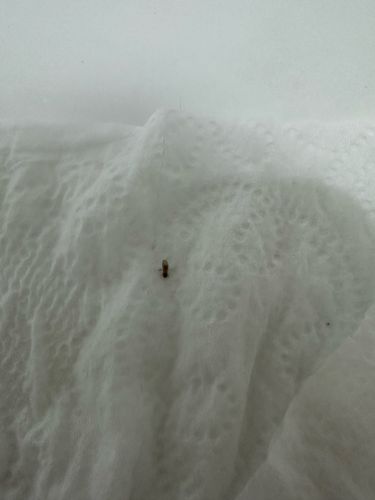Booklouse
Scientific Name: Psocoptera (various species)
Order & Family: Order: Psocoptera, various Families like Liposcelididae
Size: Typically 1-2 mm in length, very small and often translucent or pale brown.

Natural Habitat
Booklice prefer damp, warm, and dark environments. They are often found in homes, libraries, museums, and warehouses, feeding on mold, fungi, and starchy materials. Common locations include old books, wallpaper, stored food products, and areas with high humidity.
Diet & Feeding
They feed on microscopic mold and fungi that grow in damp conditions, starches found in book bindings, wallpaper paste, cereal products, and other organic debris. They do not bite humans or pets.
Behavior Patterns
Booklice are mostly nocturnal and avoid light. They are not social insects but can appear in large numbers if conditions are favorable (high humidity and food source). Their life cycle is relatively short, and they undergo incomplete metamorphosis (egg, nymph, adult).
Risks & Benefits
Booklice are generally harmless to humans and are not known to transmit diseases. However, large infestations can cause damage to books, paper products, and stored food. Their presence often indicates high humidity and potential mold growth, which can be an allergen for some individuals. They do not offer significant benefits to the ecosystem in a domestic setting.
Identified on: 11/9/2025